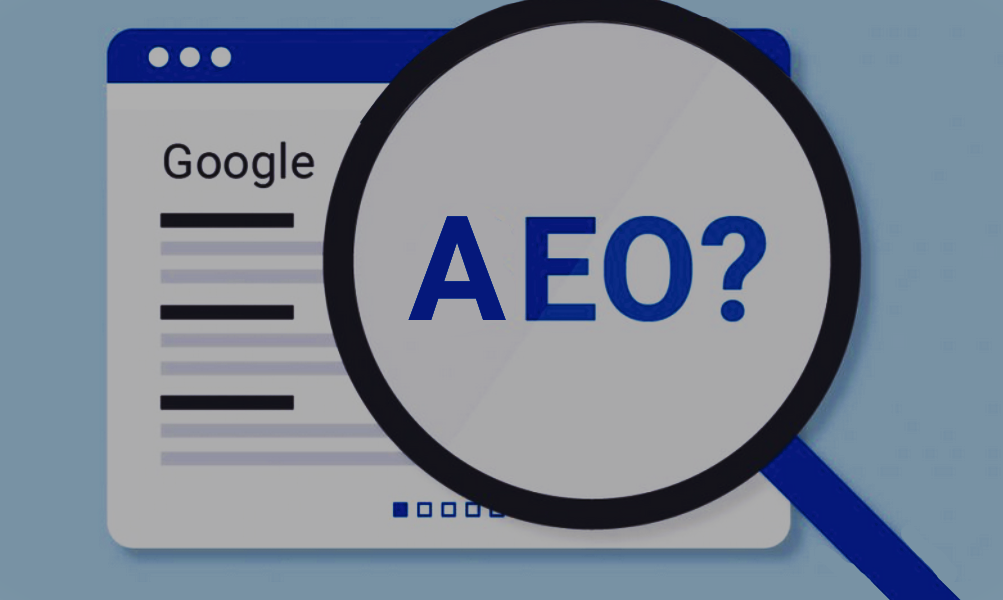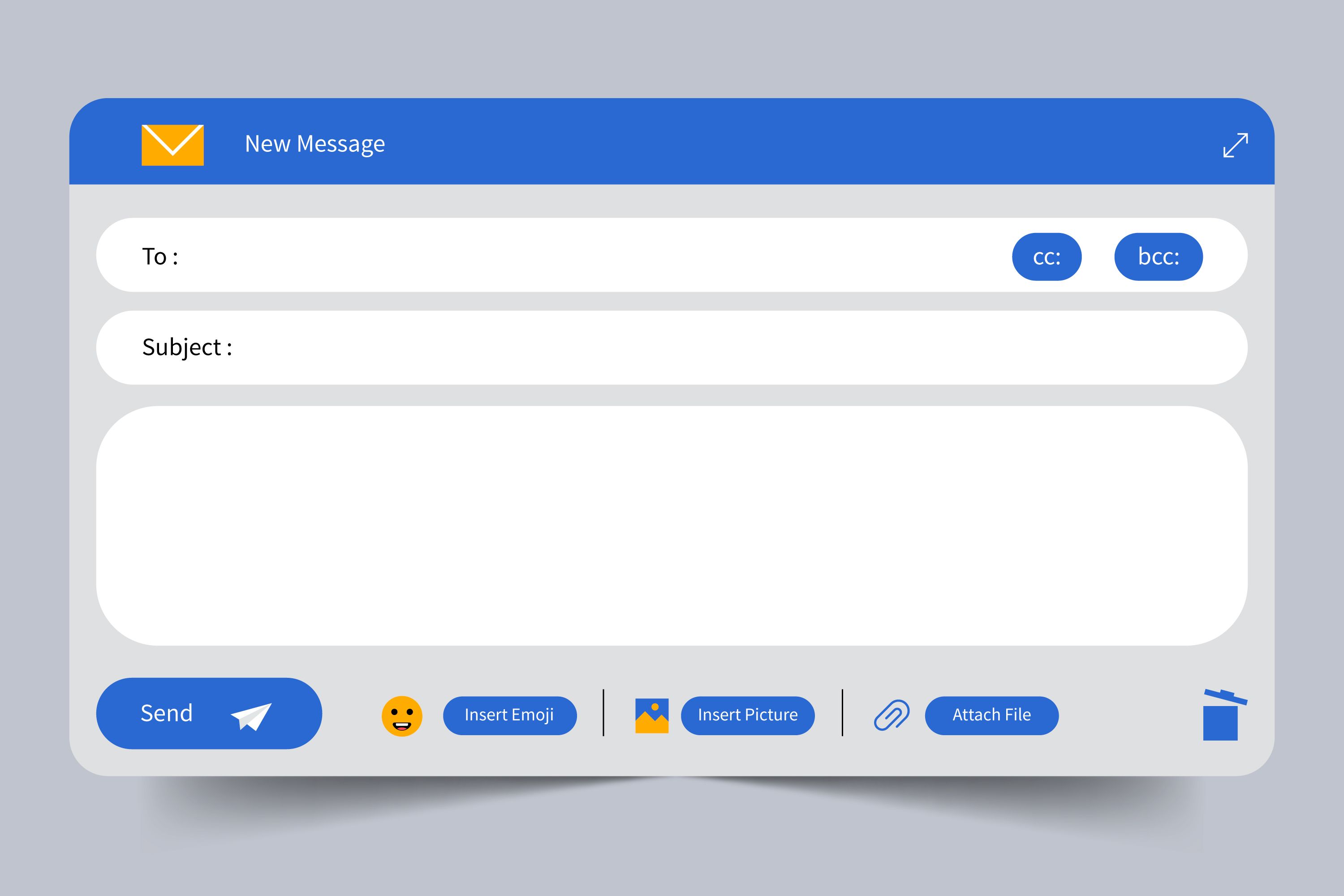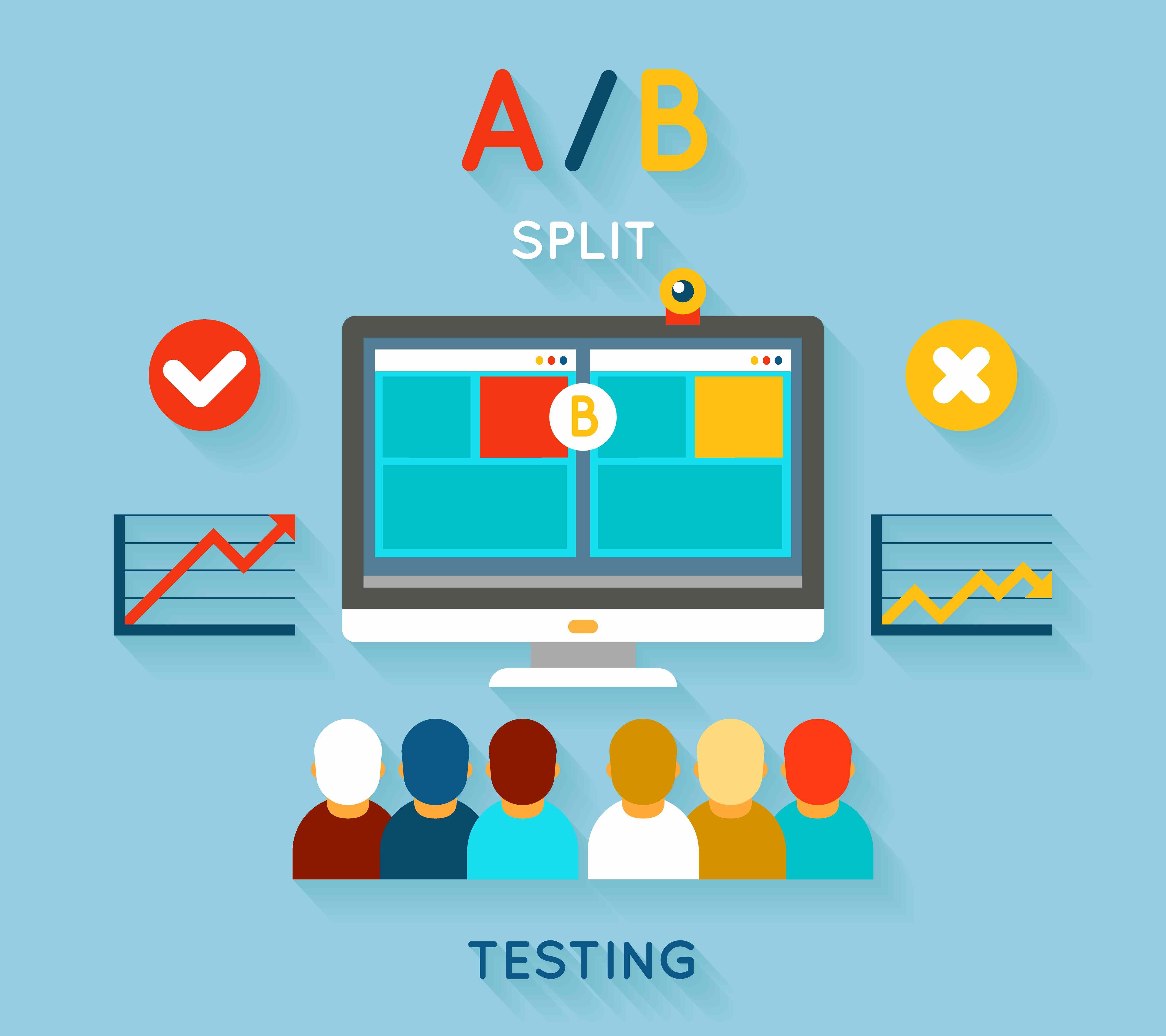Written by M-Ahmed
Saturday, June 1, 2024 at 8:58 PM
The evolution of the internet has brought about significant changes in how we interact with information, services, and each other. Two of the major phases in this evolution are Web 2.0 and Web 3.0
What is Web 2.0?
Web 2.0 refers to the second generation of internet services that emphasize online collaboration, sharing, and user-generated content. This era began around the early 2000s and is characterized by the following features:
- Interactivity and User Participation:
- Platforms like Facebook, Twitter, and YouTube allowed users to create, share, and interact with content.
- Websites became more dynamic, enabling real-time interaction and feedback.
- Social Networking:
- Social media sites became central hubs for communication and community building.
- Users could connect with friends, family, and like-minded individuals globally.
- Rich User Experience:
- Enhanced user interfaces with AJAX, HTML5, and CSS3 led to more engaging and interactive web experiences.
- Multimedia content such as videos, images, and music became integral to web pages.
- User-Generated Content:
- Platforms like blogs, wikis, and social media empowered users to contribute content.
- Crowdsourcing and collaborative projects, like Wikipedia, thrived.
- Centralization:
- Most Web 2.0 platforms are controlled by centralized entities (e.g., Google, Facebook, Amazon).
- These companies manage the data, control the content, and often monetize user interactions.
What is Web 3.0?
Web 3.0, also known as the semantic web or decentralized web, represents the next phase in the internet’s evolution. It aims to create a more intelligent, autonomous, and open web experience. Key features of Web 3.0 include:
- Decentralization:
- Utilizes blockchain technology to decentralize data storage and management.
- No single entity has control over the entire network, promoting transparency and reducing censorship.
- Semantic Web:
- Focuses on making internet data machine-readable and interpretable.
- Uses technologies like RDF (Resource Description Framework) and OWL (Web Ontology Language) to create a web of data that machines can process.
- Enhanced Privacy and Security:
- Emphasizes user control over personal data through cryptographic techniques.
- Decentralized identities and verifiable credentials ensure greater privacy and security.
- Smart Contracts and Decentralized Applications (DApps):
- Smart contracts automate and enforce agreements without the need for intermediaries.
- DApps run on decentralized networks like Ethereum, providing services without centralized control.
- Interoperability:
- Different platforms and services can interact seamlessly.
- Promotes a more interconnected and fluid web experience.
Key Differences Between Web 2.0 and Web 3.0
- Control and Ownership:
- Web 2.0: Centralized control by major corporations.
- Web 3.0: Decentralized, with users having greater control over their data and online activities.
- Data Management:
- Web 2.0: Data is stored on centralized servers.
- Web 3.0: Data is stored across distributed networks using blockchain technology.
- User Interaction:
- Web 2.0: Focus on social interaction and user-generated content.
- Web 3.0: Emphasizes personalized, intelligent interactions through AI and machine learning.
- Security and Privacy:
- Web 2.0: Vulnerable to data breaches and privacy issues due to centralized data storage.
- Web 3.0: Enhanced security and privacy through encryption and decentralized networks.
- Economic Model:
- Web 2.0: Revenue generated through advertising and data monetization.
- Web 3.0: Potential for new economic models like token economies and peer-to-peer transactions.
Conclusion
Web 2.0 and Web 3.0 represent distinct phases in the evolution of the internet, each with its unique characteristics and implications. Web 2.0 brought about a more interactive and social web, enabling unprecedented user participation and content creation. In contrast, Web 3.0 aims to create a more decentralized, secure, and intelligent internet, empowering users with greater control and fostering a more interconnected digital landscape.
As we transition from Web 2.0 to Web 3.0, we can anticipate a future where the internet becomes more transparent, equitable, and user-centric, unlocking new possibilities for innovation and collaboration.








